safari cannot parse response
Safari comes pre-installed on every Apple device. It is the default browser for iPhone, iPad, and Mac. Apple claims Safari to be the earth's fastest browser. The claims seem legit, as browsing the spider web on Safari is a breeze. Fifty-fifty though Safari is fast, It is non entirely away from errors. I of the almost common errors Safari users face is "cannot parse response."
When yous type an URL in the Safari accost bar, information technology tries to render the website components from the web server. Typically, it successfully renders the website, and you see the website content on your device.
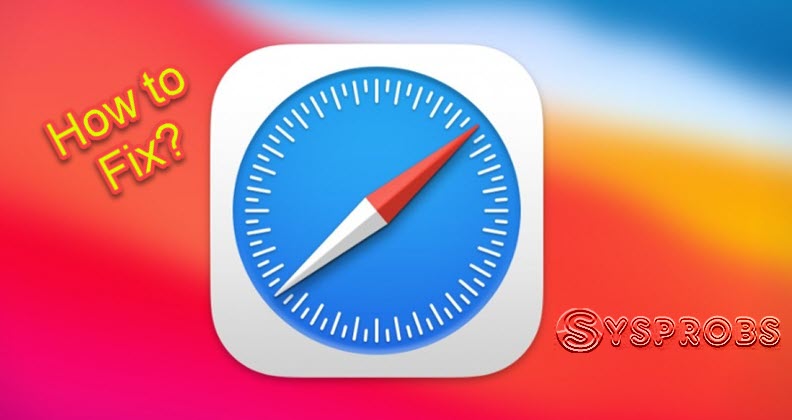
Simply occasionally, Safari fails to resolve a website in its component parts, resulting in a "cannot parse response" error.
Fix Cannot Parse Response in Safari Browser
The error is not specific to any device and may occur for iPhone, iPad, and Mac users. Thankfully, several working fixes are available to fix the error, and we have listed them below in this commodity.
Step 1. Check Your Internet Connection
When y'all run into a particular error in Safari, you first demand to check your Internet connection. Web browsers require a stable Internet connection to render the websites.
Also, you tin can visit any other website (like google.com) to ensure the network connection is working fine on your device.
If your Cyberspace connection is unstable, they will take a difficult fourth dimension rendering the websites, leading to the disability to parse response errors for any website, which tin be yahoo, Google and Facebook, etc.
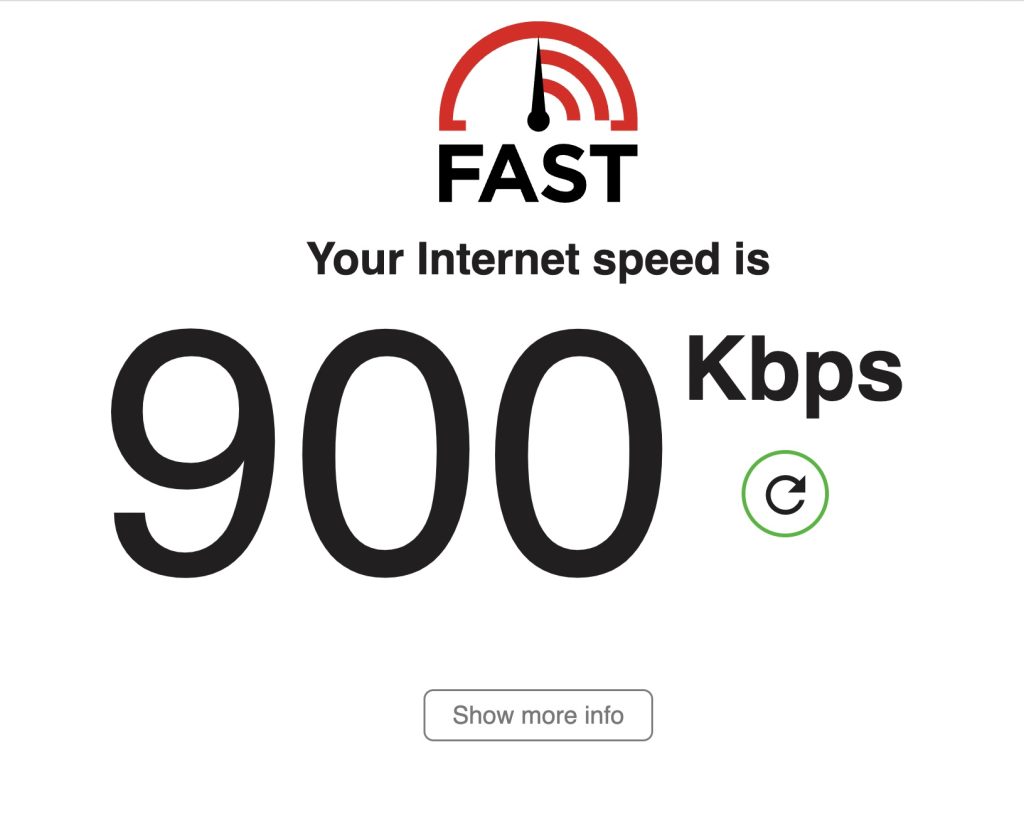
You tin check your Internet connectedness by doing an Cyberspace speed exam or opening an app that requires Cyberspace connectivity. If your Internet connection is at fault, try using Mobile Hotspot or go in touch with your Internet service provider. If the Internet connection is stable, try the other fixes in the article.
Step ii. Refresh the Spider web Page
The subsequent fix you should do is refresh the web page yous are trying to visit. On iPhone, you lot can tap the refresh icon on the right side of the accost bar or pull down the webpage to refresh the spider web page.
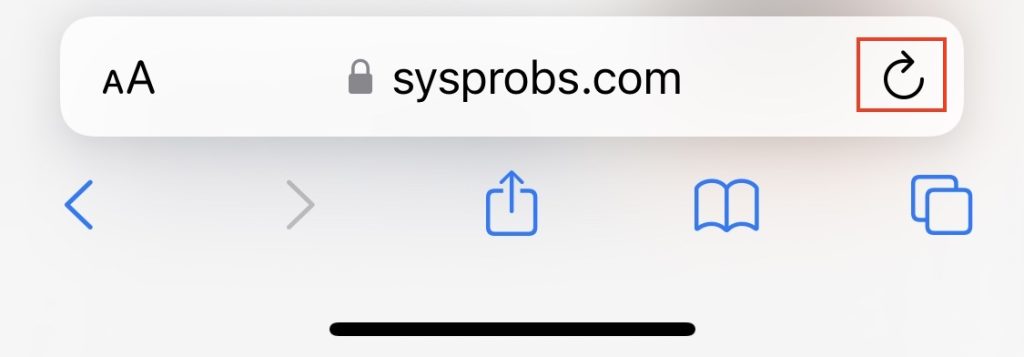
On Mac, you lot can tap the refresh icon on the right side of the address bar to reload the web page.

Step iii. Quit and Relaunch Safari
If refreshing the webpage didn't help you, quit and relaunch the Safari browser. On iPhone, Swipe up to the middle of the screen to access recently opened apps. Swipe left or right to discover Safari.
In one case you find Safari in your recently opened apps, swipe upwards to shut it. After it, relaunch Safari and check if the issue resolves.
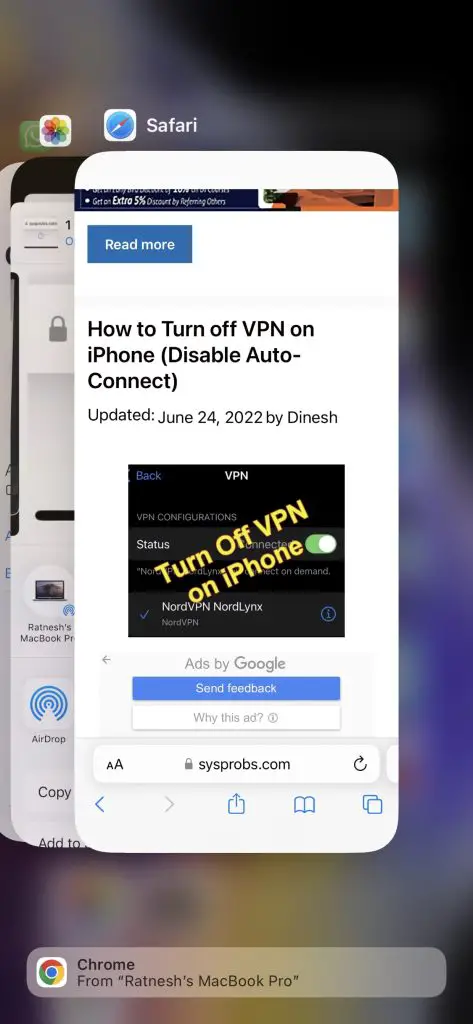
On Mac, click or tap the Safari icon in the dock with two fingers. From the context menu, tap on Quit. After successfully quitting Safari, relaunch it.
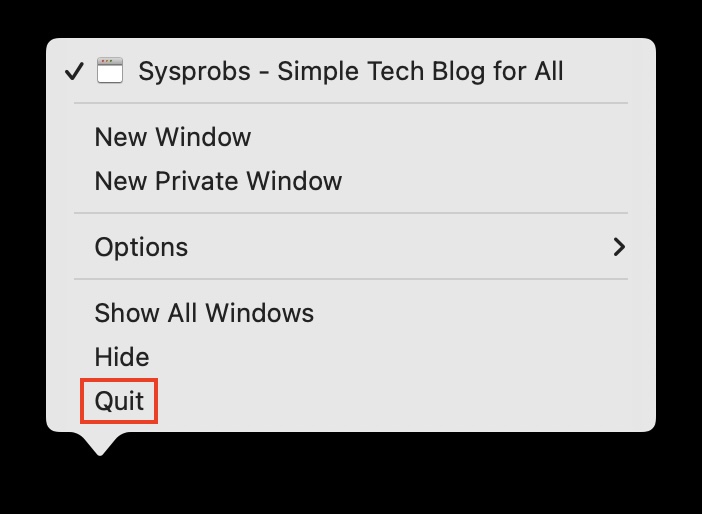
Step 4. Clear Cookies and Website Data
When you visit a website, it stores cookies and other website data to serve you the aforementioned website the next time you visit. Merely occasionally, the stored website data causes errors in loading the website. You can remove the website data of a specific website or all websites to ready the cannot parse response error in Safari.
On iPhone
Below are the steps to clear website data in Safari on iPhone.
1.Launch theSettings app on your iPhone.
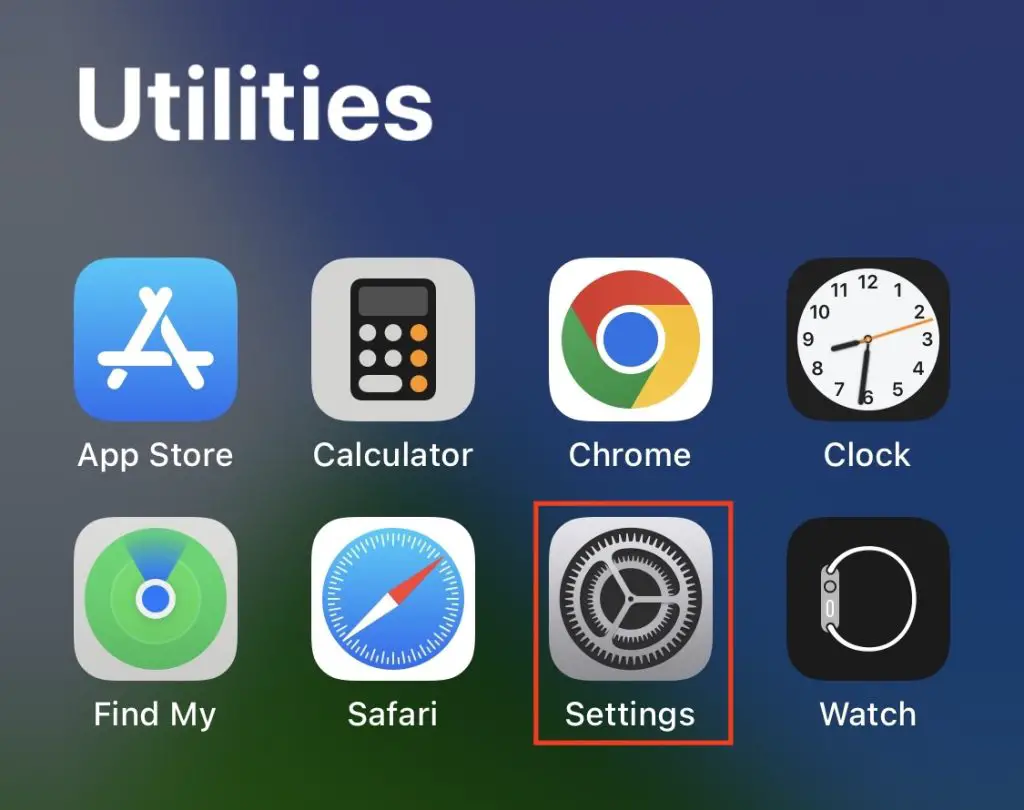
2. In the Settings app, whorl toSafari and tap on it.
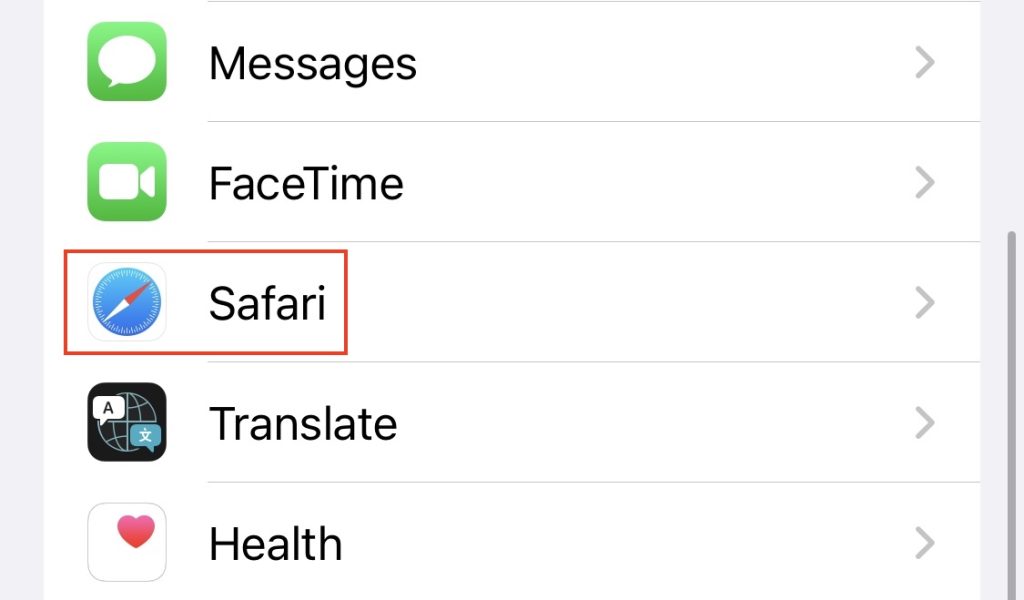
3. Under Safari settings, coil downwardly to the bottom and tap Avant-garde.
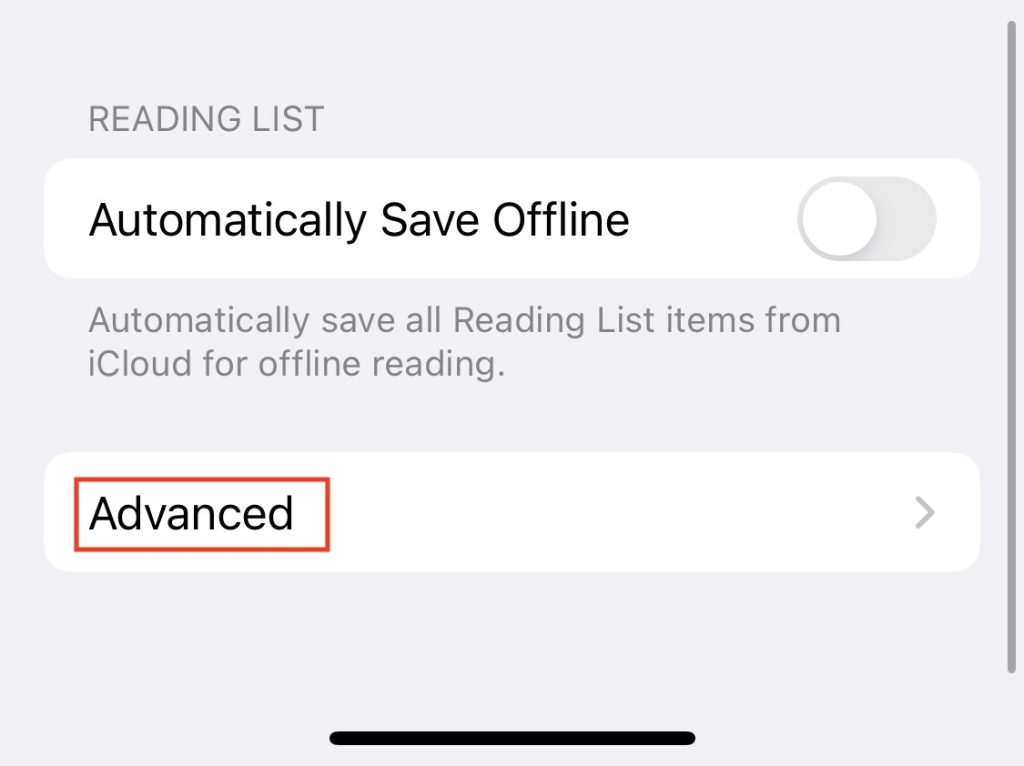
4. In Advance settings, tap onWebsite Information. You will run across the name of the websites and the size of stored data adjacent to them.
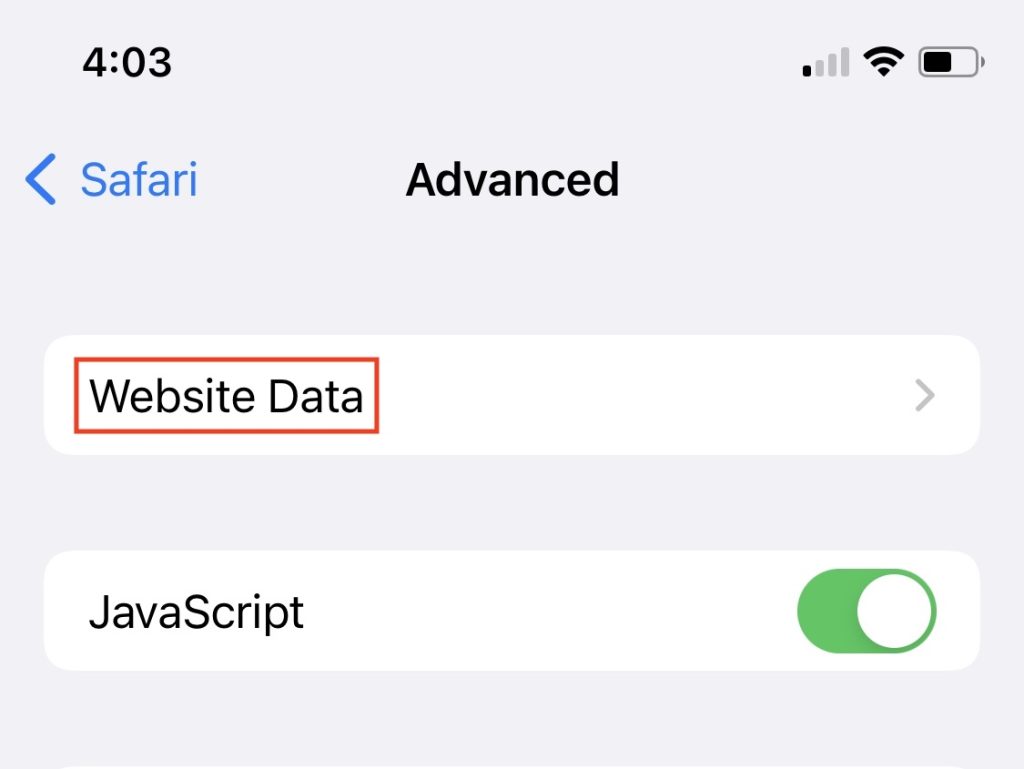
five. Tap onEdit in the top right corner and then click the – icon left to the website from which you want to remove the data. Alternatively, you lot can swipe right on a item website and tap on Remove to delete the website information.
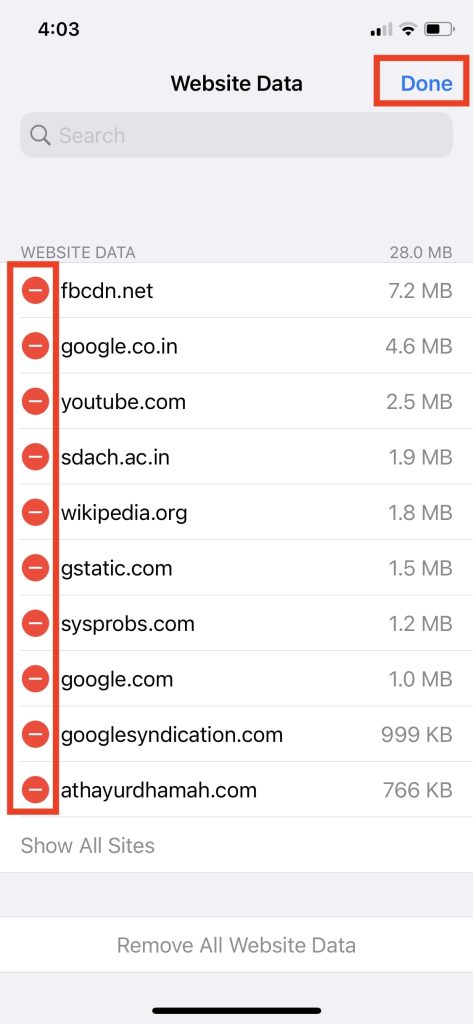
6. Lastly, if you want to remove all website data, whorl downwardly and tap onthe Remove All Website Information option.
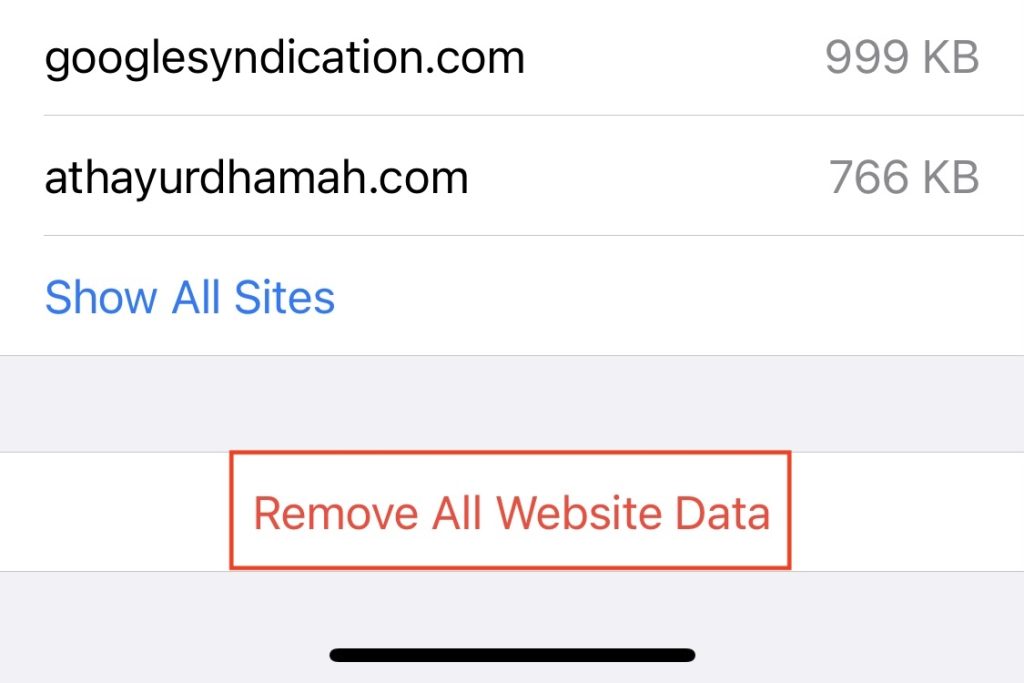
7. A prompt will appear at the bottom of the screen tap onRemove Now to give the last confirmation.
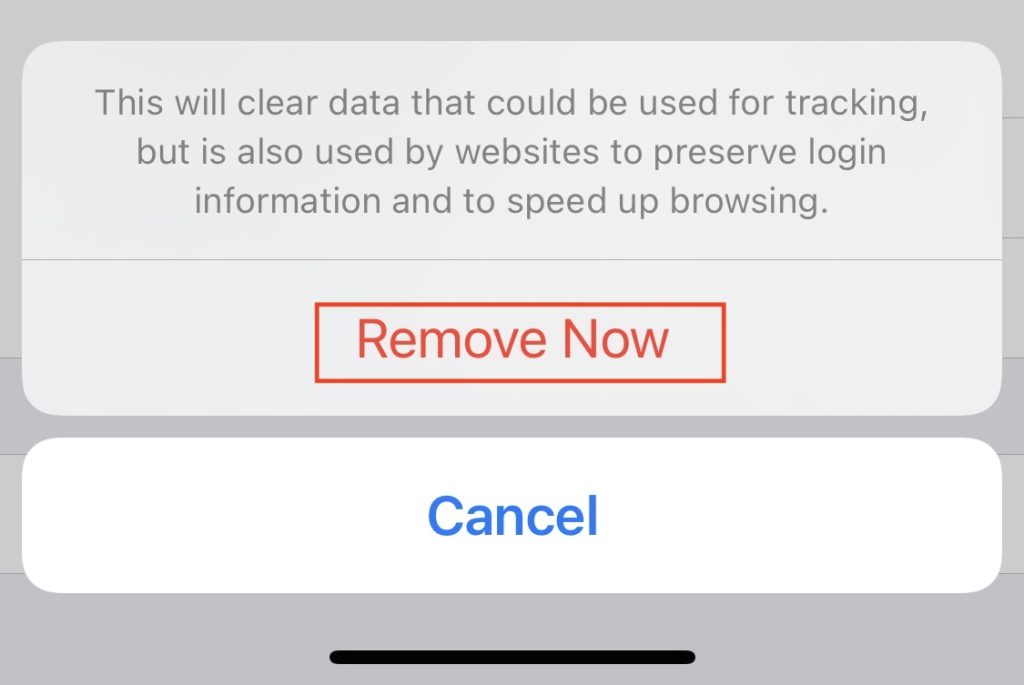
Hither is the video shows the steps on iPhone:
On Mac
You lot can articulate the website information in Safari on Mac with the help of the below steps.
1.Open up Safari on your Mac.
two. Take the cursor to the top left bill of fare bar and tap on Safari.

3.From the menu options, selectPreferences. Alternatively, you can printing theCommand + comma key on your keyboard to get there straight.
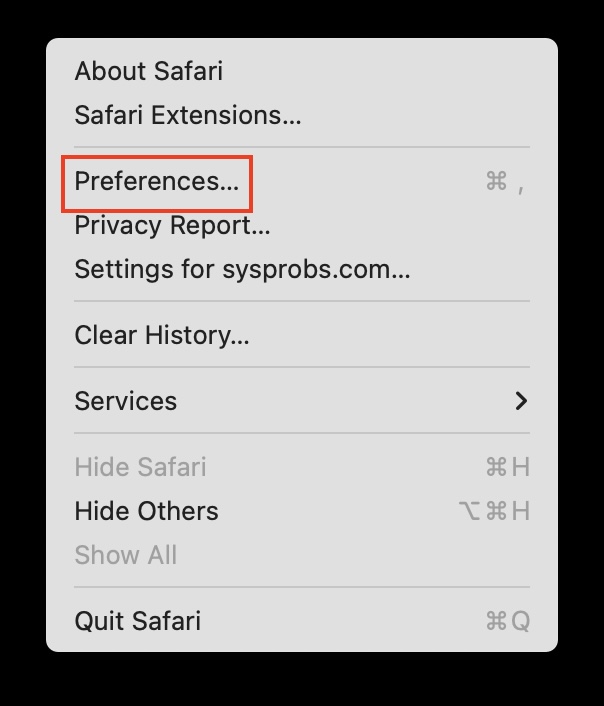
4. UnderPreferences by default, you should be in the General tab; tap on Privacy to switch to the Privacy tab.
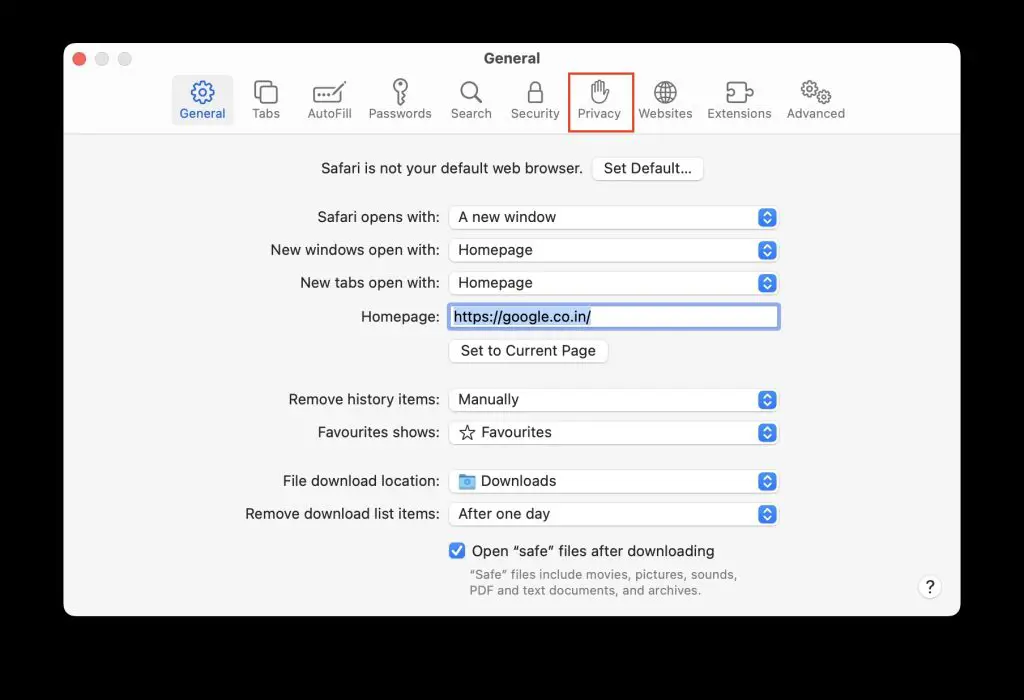
5. In the Privacy tab, look for theCookies and website option, and tap on theManage Website Data button.
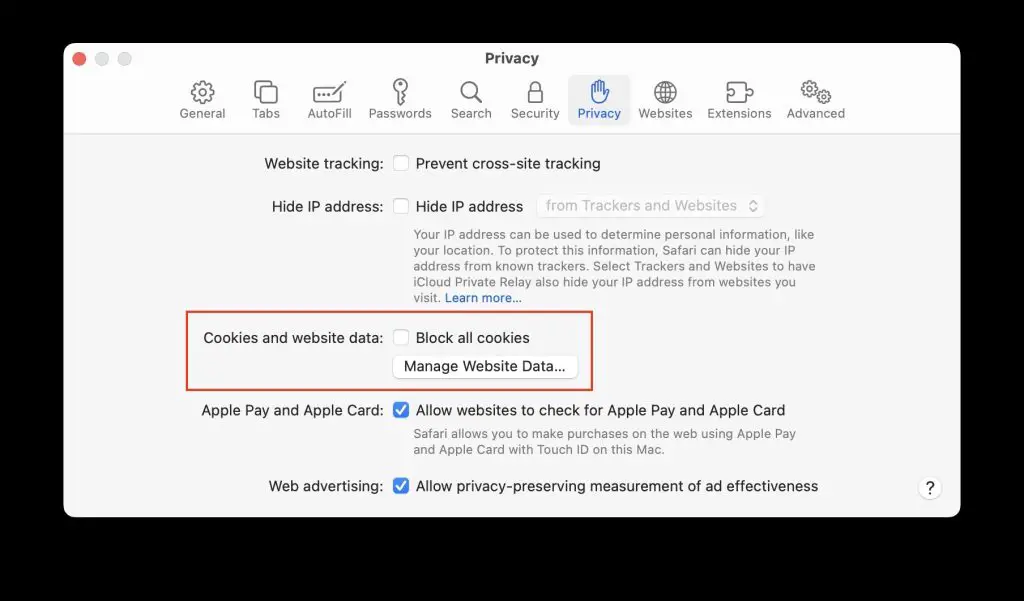
6. Select the website from which you want to remove the website and tap on Remove. If you desire to remove the website data of all the websites, tap onRemove all.
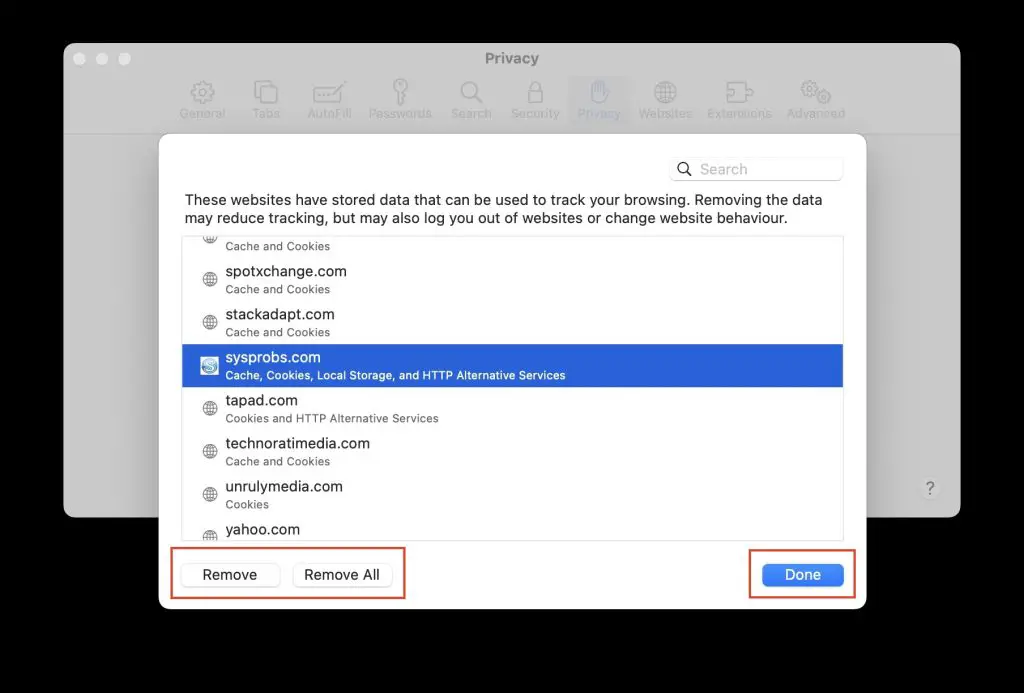
vii. A pop-up will appear on the screen tap onRemove Now push button to give the final confirmation.
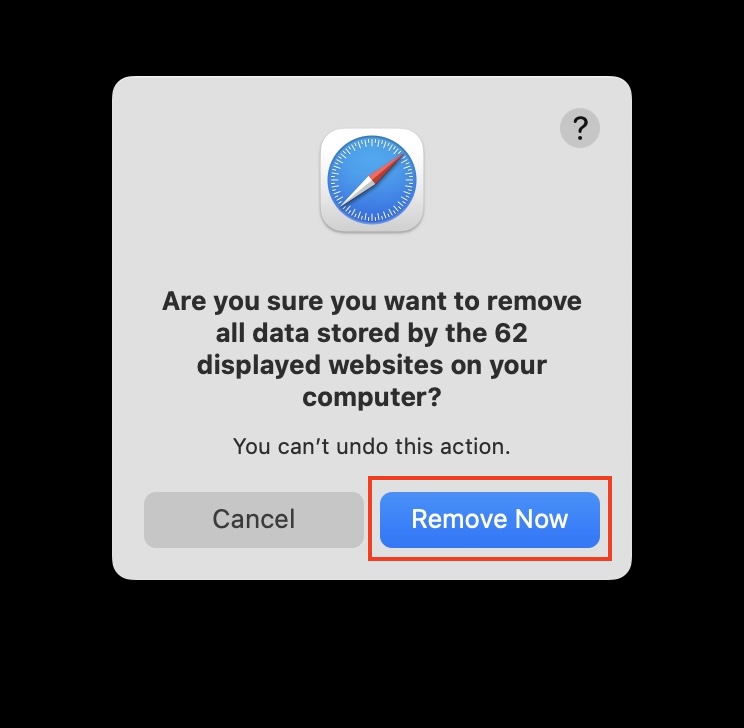
Once y'all have removed the website data try visiting the website that was throwing the cannot parse response earlier, and hopefully, yous should be able to visit the website without any bug.
Step 5. Change DNS Servers
Your Internet service provider assigns their DNS Servers to connect your devices to the Internet. The default DNS Servers are generally boring and crowded. It may preclude Safari from rendering a website faster.
And so, if y'all encounter this error, you should try changing DNS servers on your iPhone and Mac.
On iPhone
Follow the beneath steps to change DNS Servers on your iPhone.
one. Open theSettings app on your iPhone.

2. In the Settings app, tap onWi-Fi.
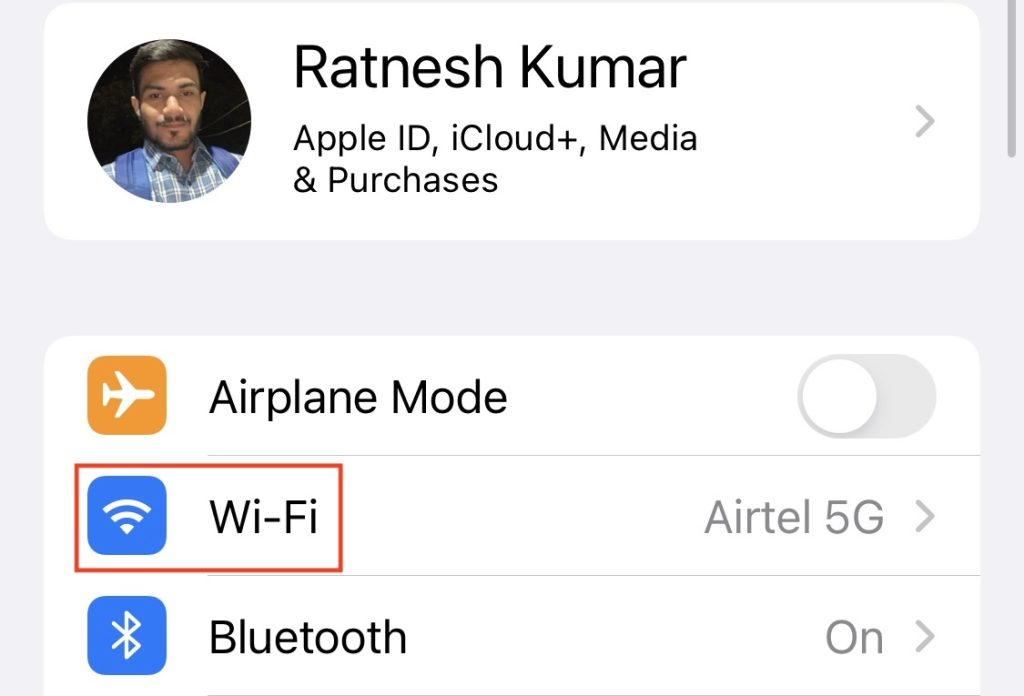
3. On the Wi-Fi settings page, tap the i icon next to the connected Wi-Fi network.
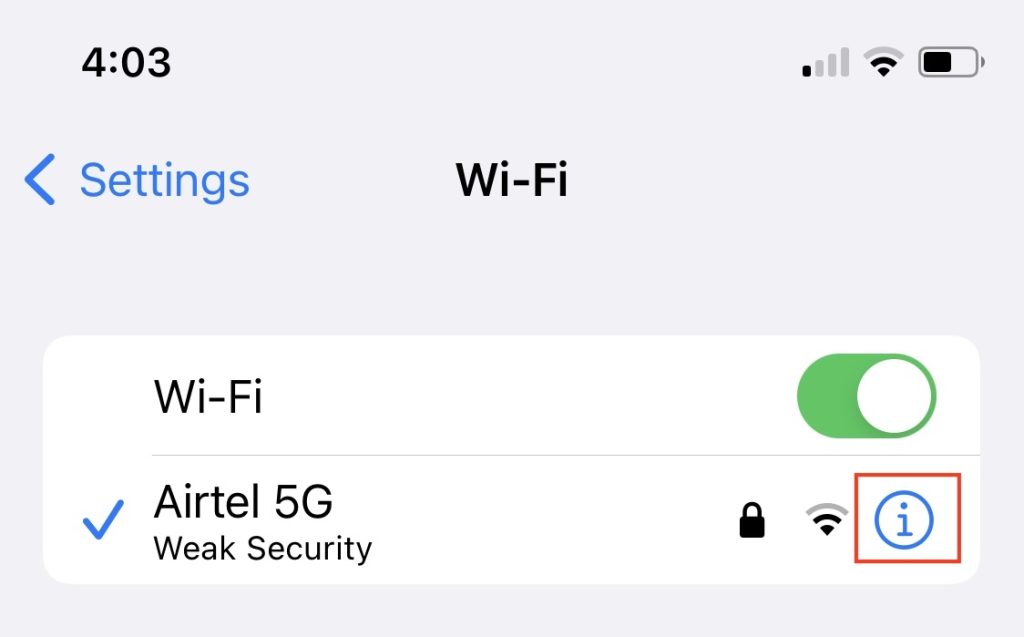
4. Now scroll downwardly to theDNS section and tap onConfigure DNS. It will show equallyAutomatic.
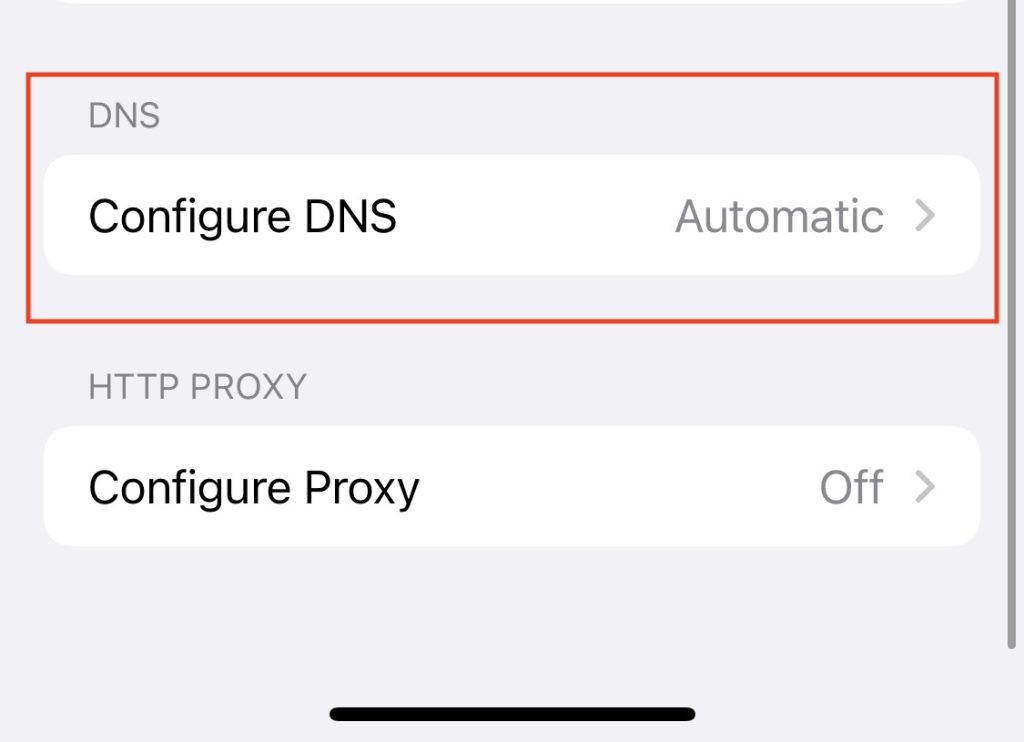
5. On the Configure DNS page, switch to Manual. You will run into your electric current DNS servers. Tap the – icon left to the DNS record to remove the existing DNS servers.
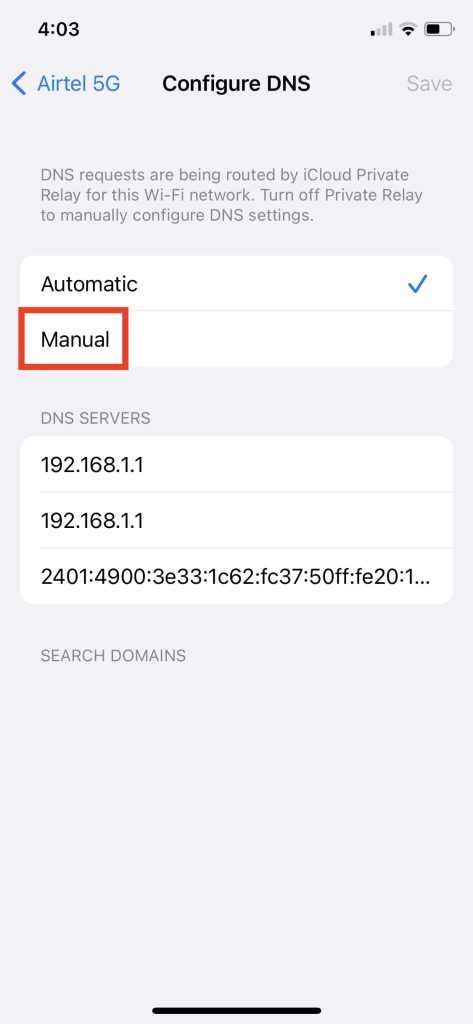
half dozen. Once you have removed the existing DNS servers, tap onAdd Server. Now yous will demand to enter your new DNS Servers. You can employ Google DNS, OpenDNS, or Cloudflare based on your preference.
7. To employ Google DNS, enter 8.8.8.8 and 8.8.4.4. Similarly, for OpenDNS, enter 208.67.222.222 and 208.67.220.220.
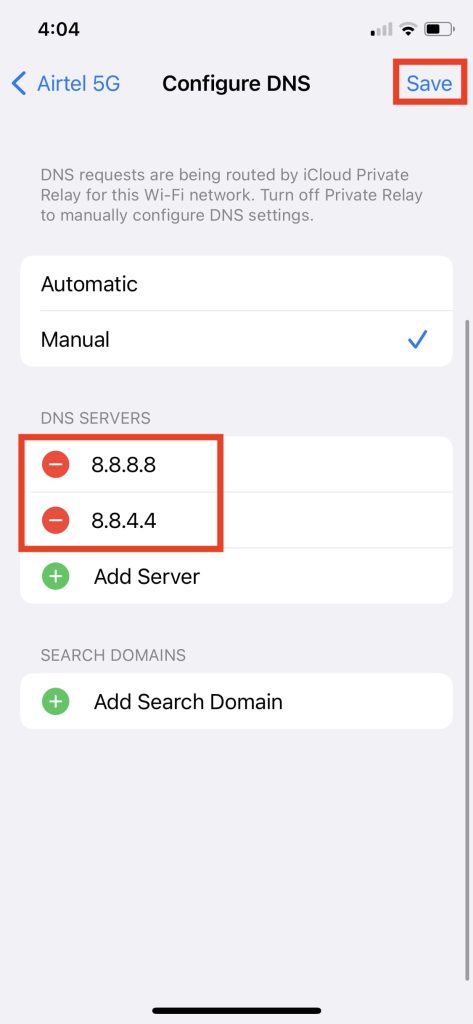
viii. Once done, tap onSave in the upper right corner of the screen.
On Mac
You can change DNS Servers on your Mac by following the below steps.
1.OpenSystem Preferences on your Mac.
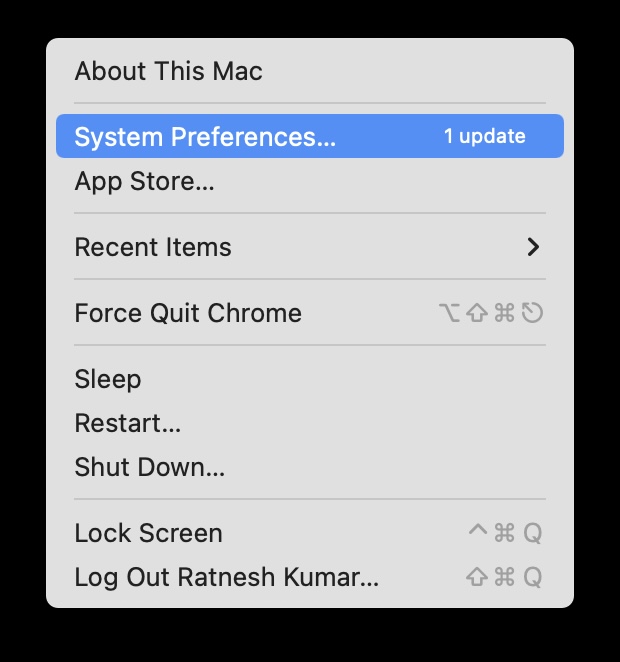
2. In System Preferences, tap onNetwork.
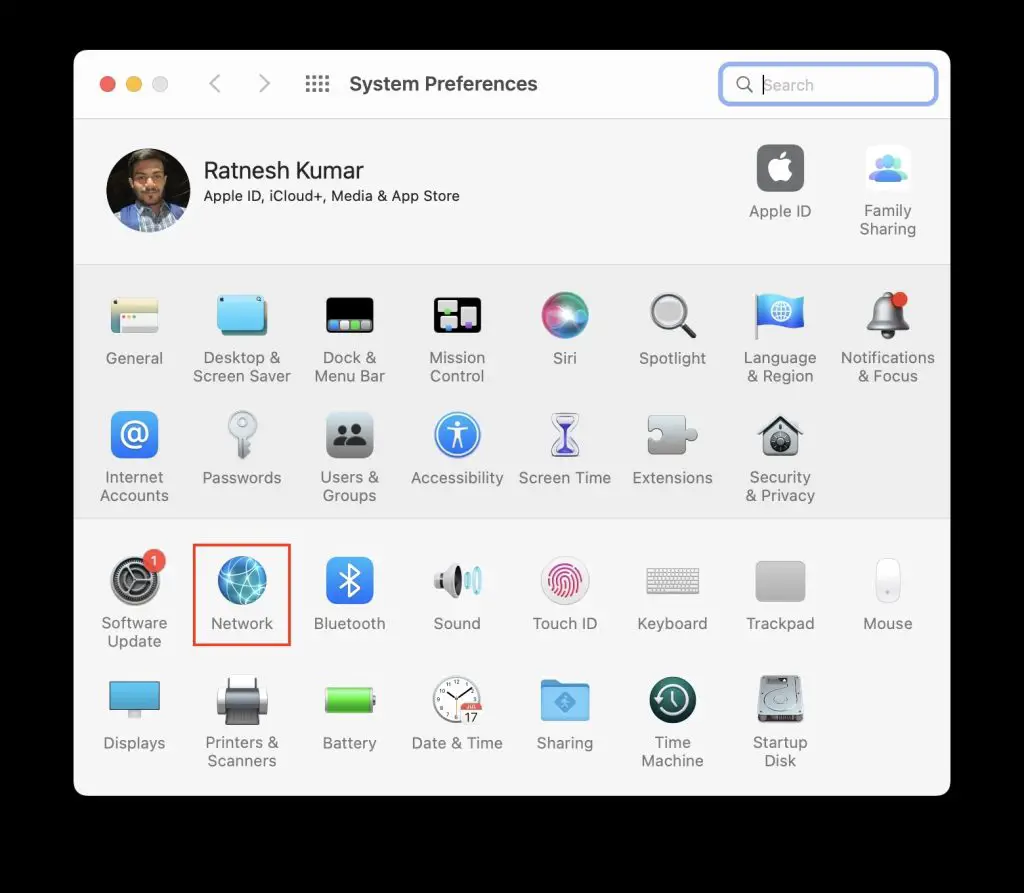
3. On the network settings folio, tap onAdvanced.
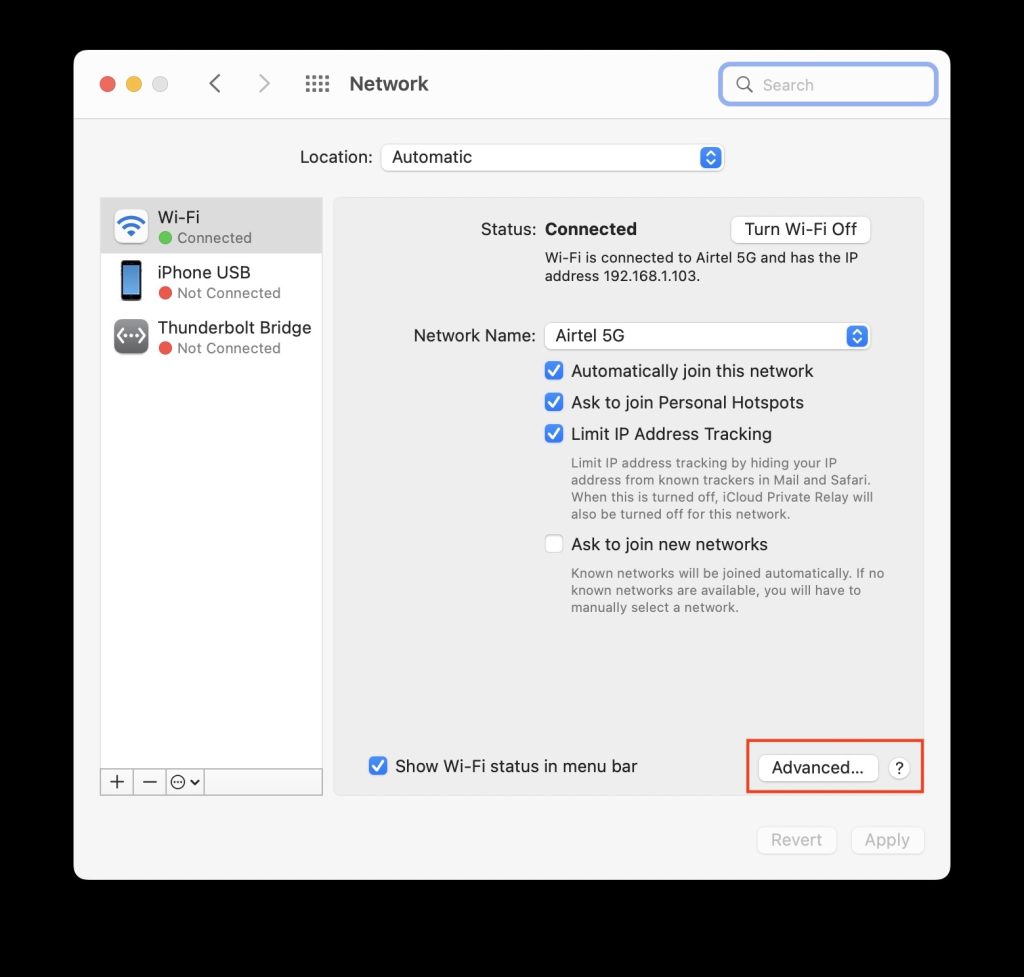
4. By default, you lot should be in the Wi-Fi tab and switch to theDNS tab.
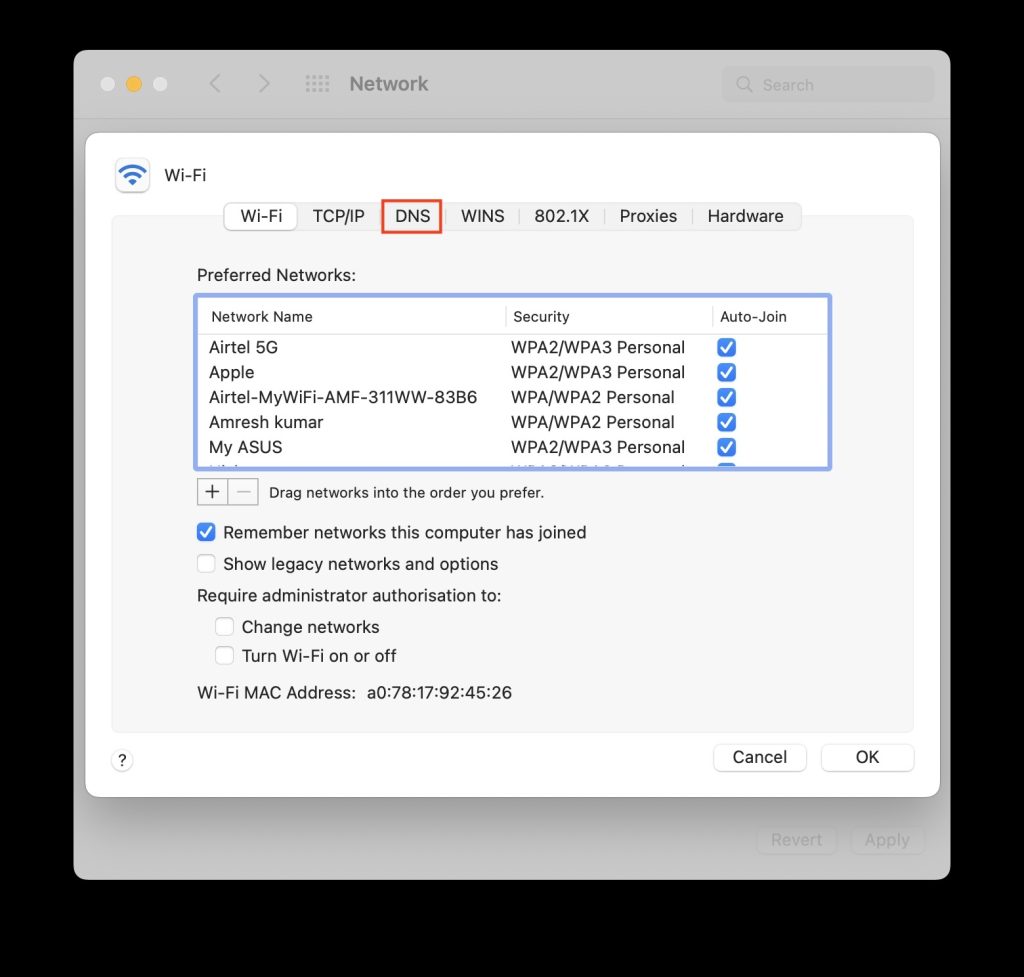
5. Tap on the + icon in the bottom left corner, and you will get the pick to enter the IP address. Y'all tin can applyGoogle DNS orOpenDNS for a stable connection.
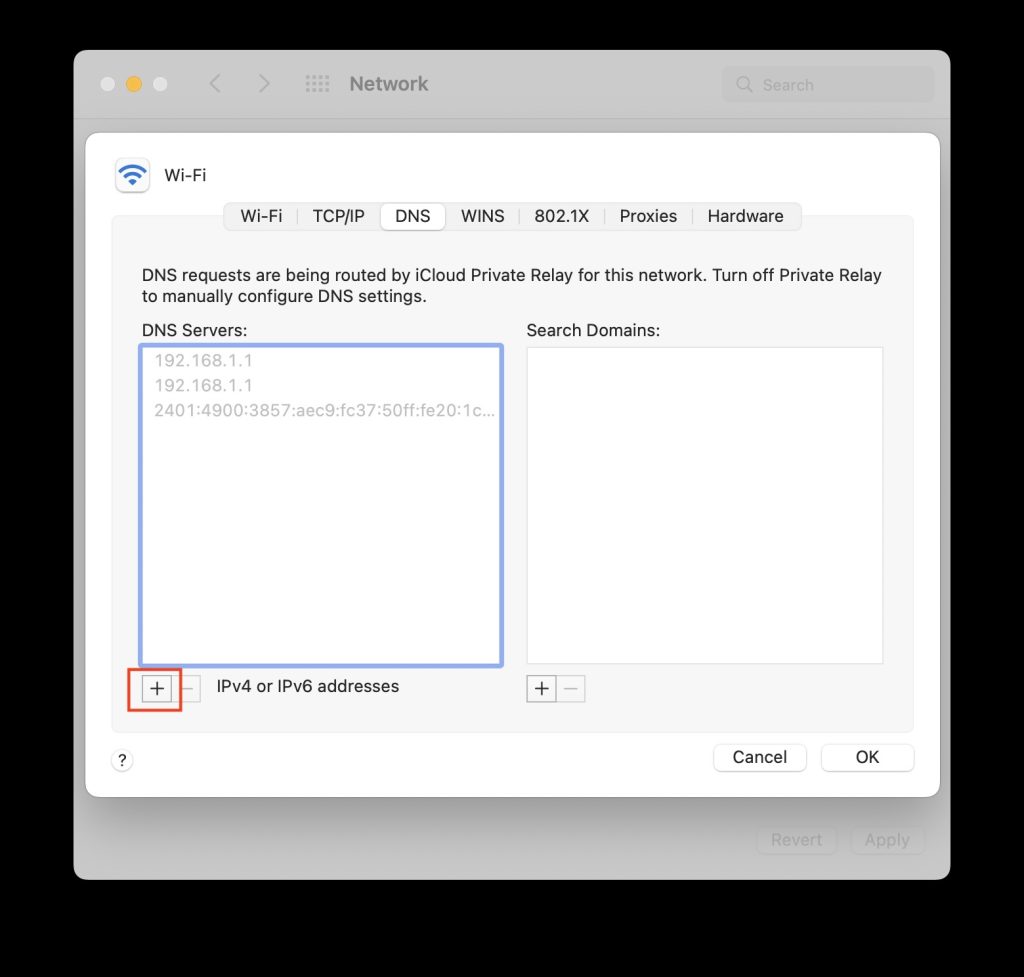
half-dozen. For Google DNS, enter the IP address viii.8.viii.8 and 8.eight.4.4. For OpenDNS, enter 208.67.222.222 and 208.67.220.220.
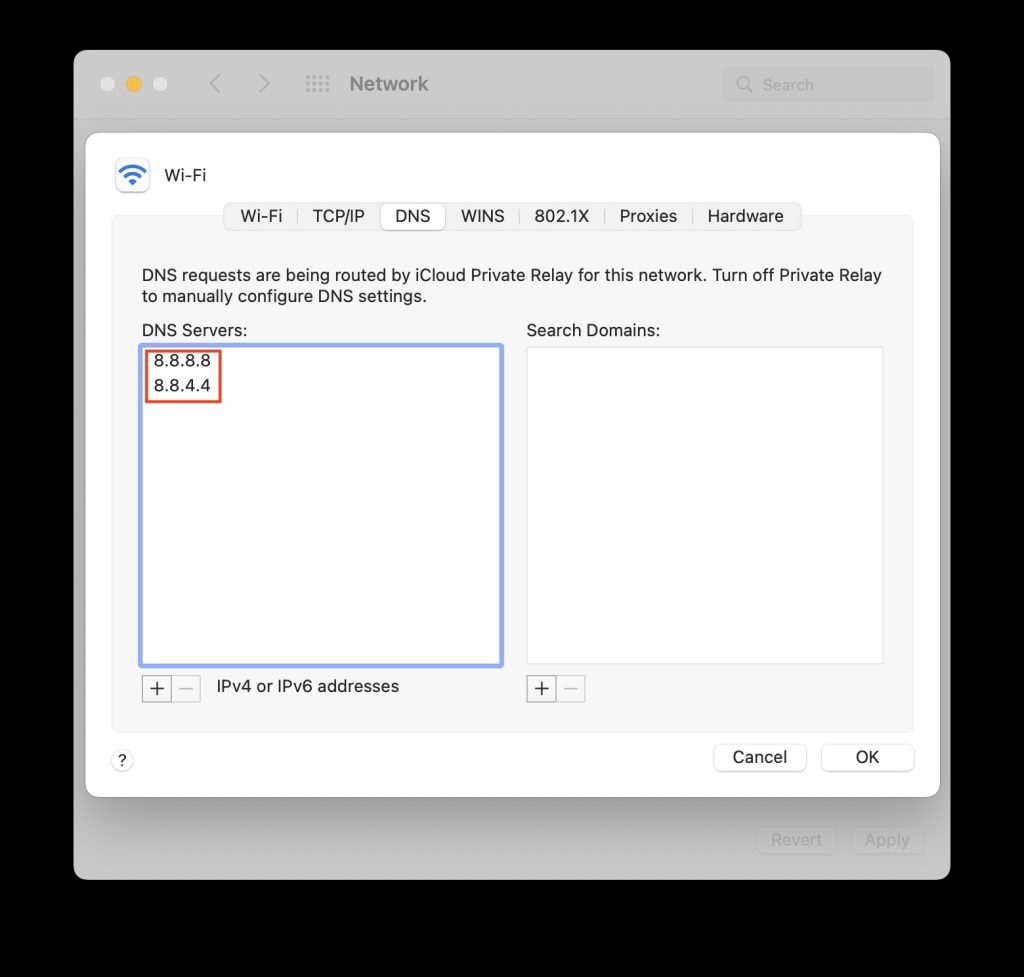
seven.After entering the new IP addresses, tap onOK. Lastly, tap onUse to salvage the changes.
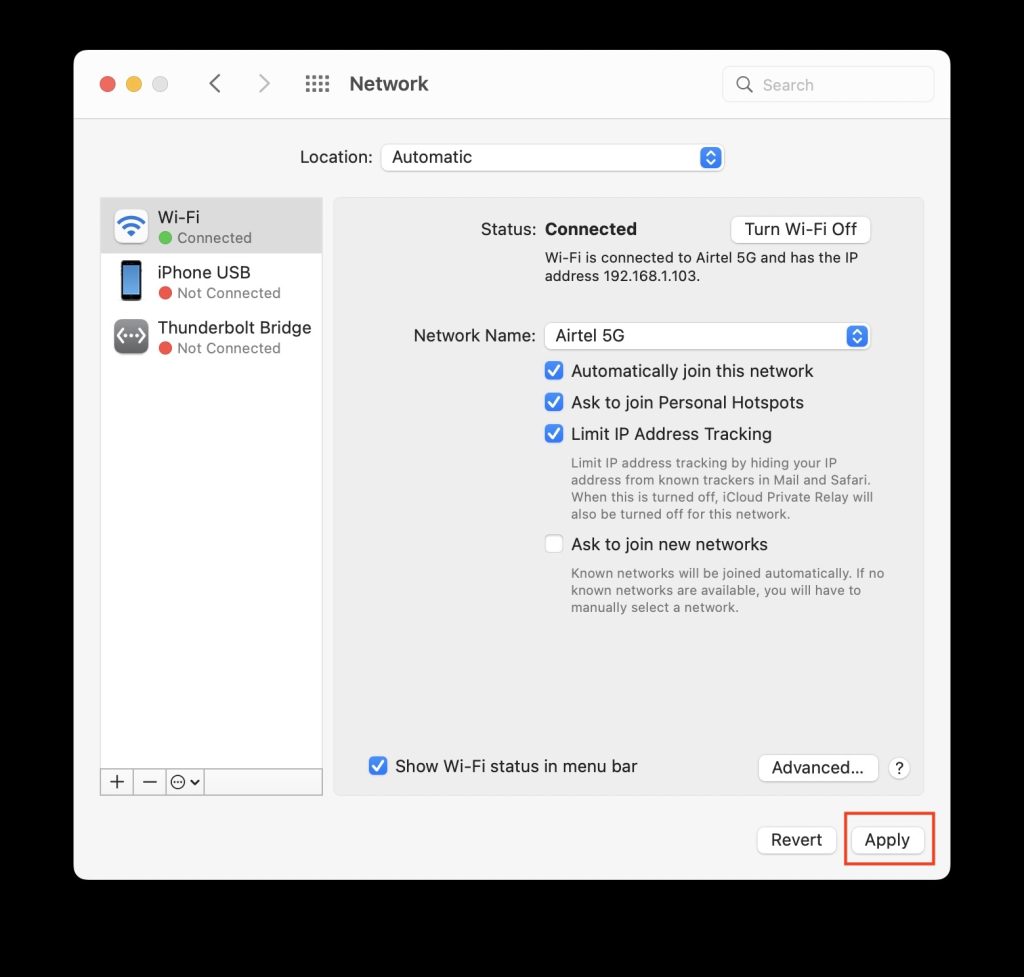
Once yous have manually changed DNS Servers to Google DNS or OpenDNS, try visiting the website that was causing the cannot parse response error. Hopefully, you volition not see the error this time.
Frequently Asked Questions
Why is my Safari saying Cannot parse response?
Your Safari is proverb information technology considering it cannot resolve the website you are trying to visit into its components.
What does Unable to parse response mean?
The "unable to parse response "error in Safari means the browser cannot render the website and its components.
What does cannot parse hateful?
Cannot parse is an error message that appears in the Safari browser. It ways Safari cannot resolve a website into its component parts.
Source: https://www.sysprobs.com/how-to-fix-cannot-parse-response-safari-browser

0 Response to "safari cannot parse response"
Post a Comment